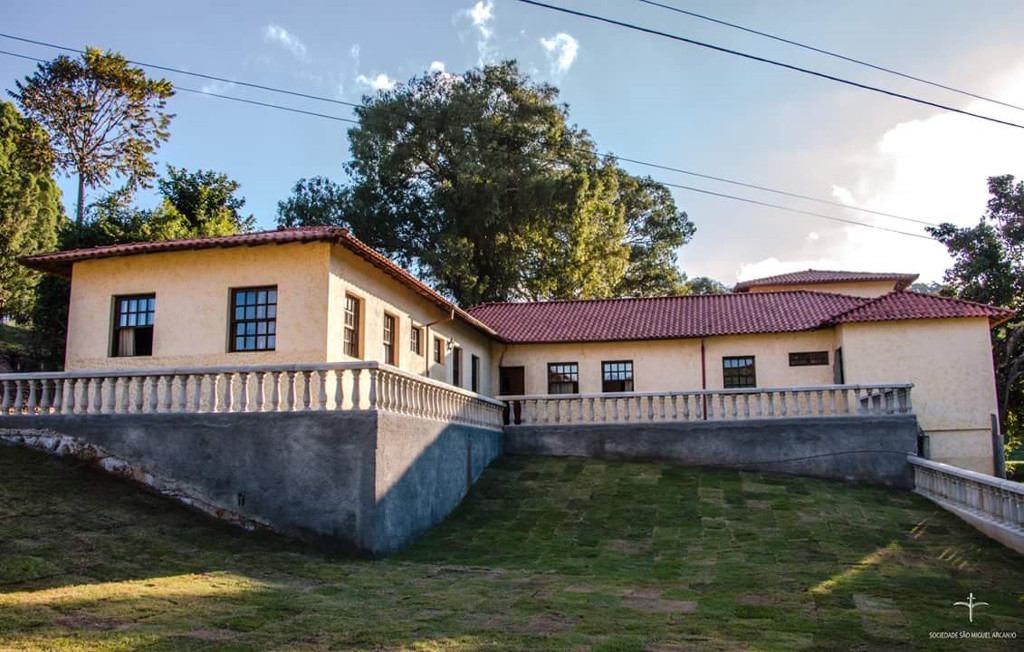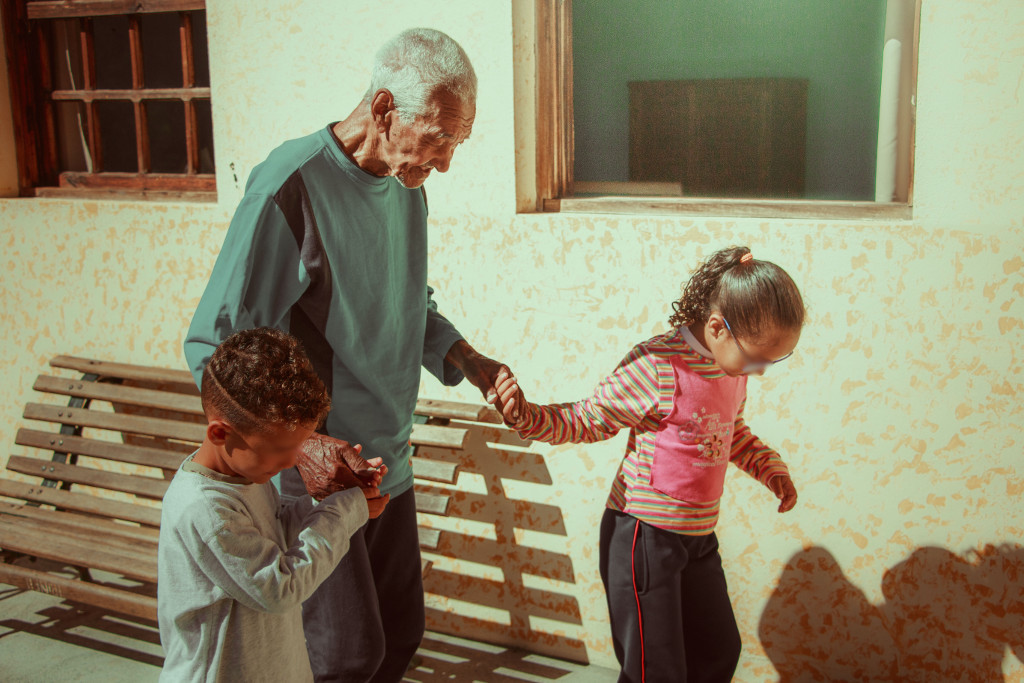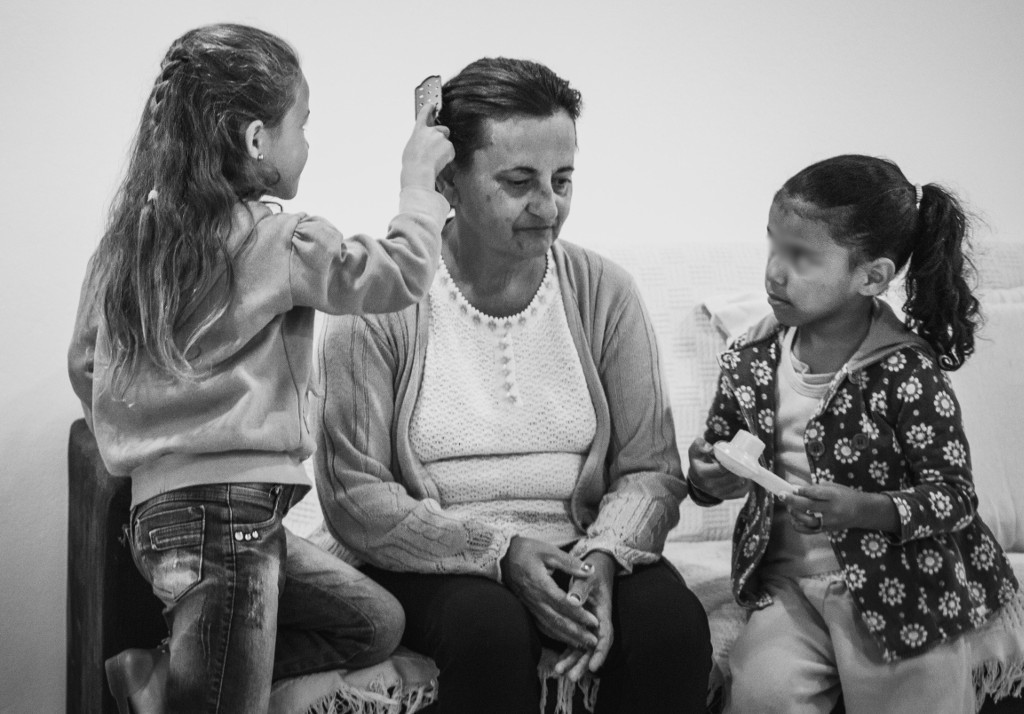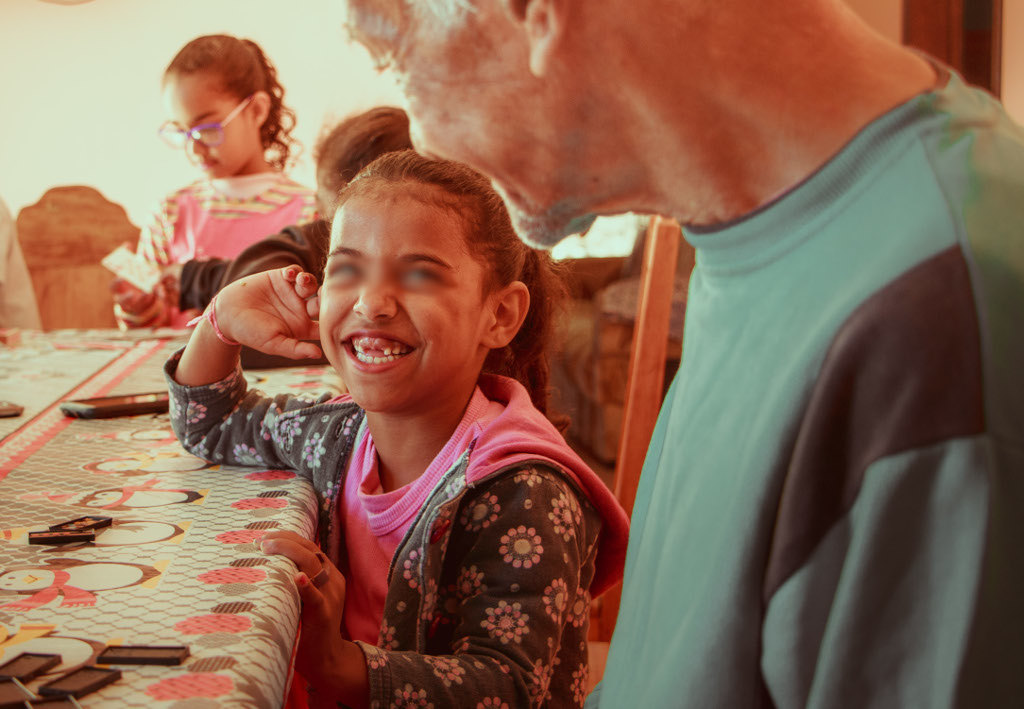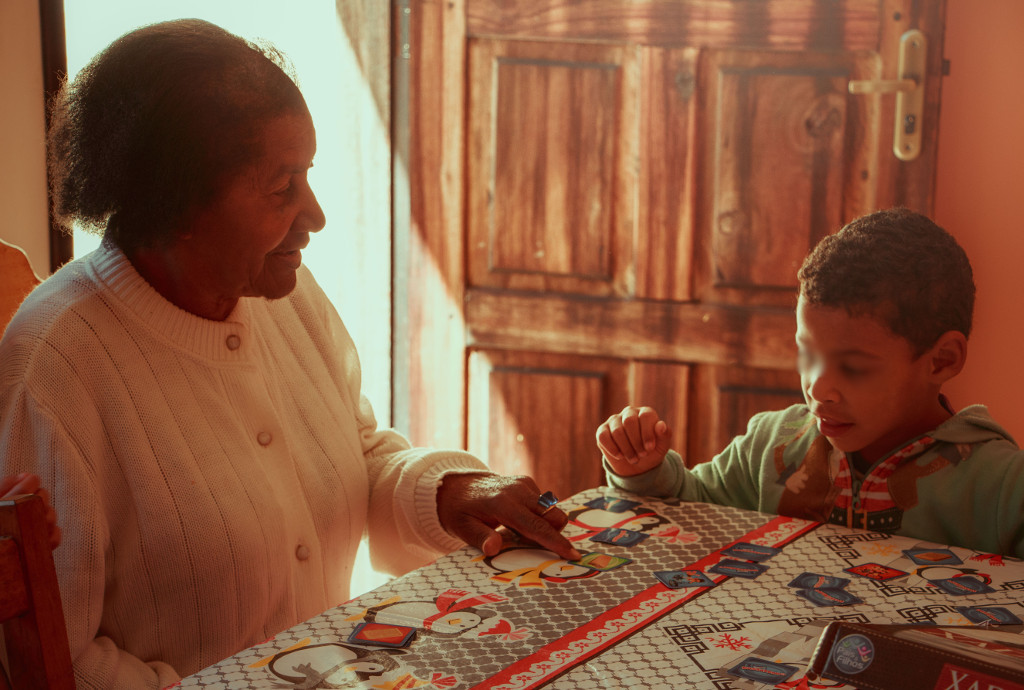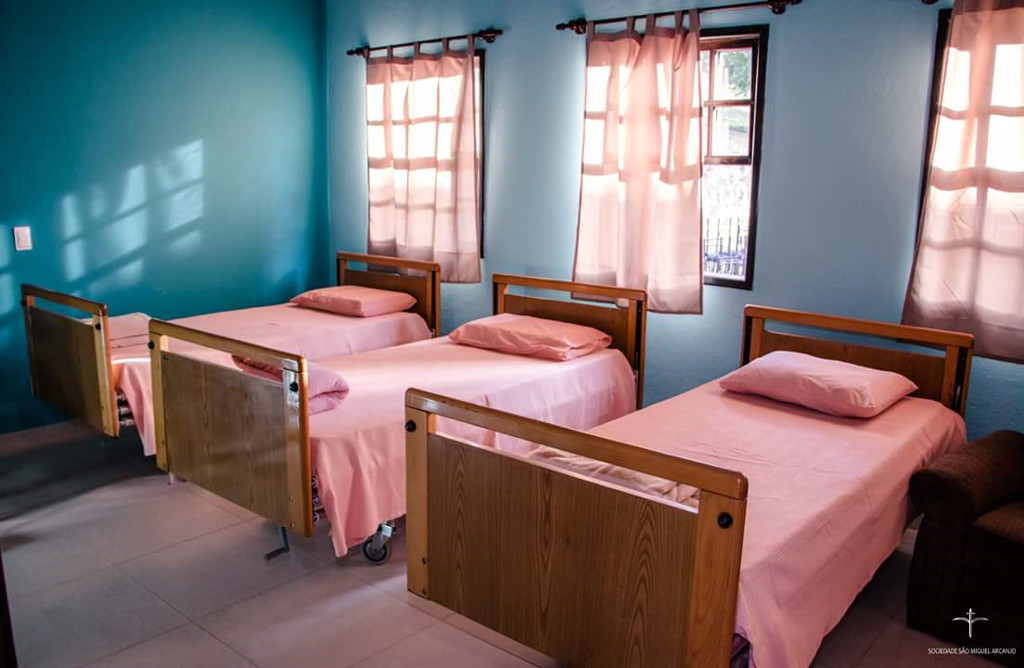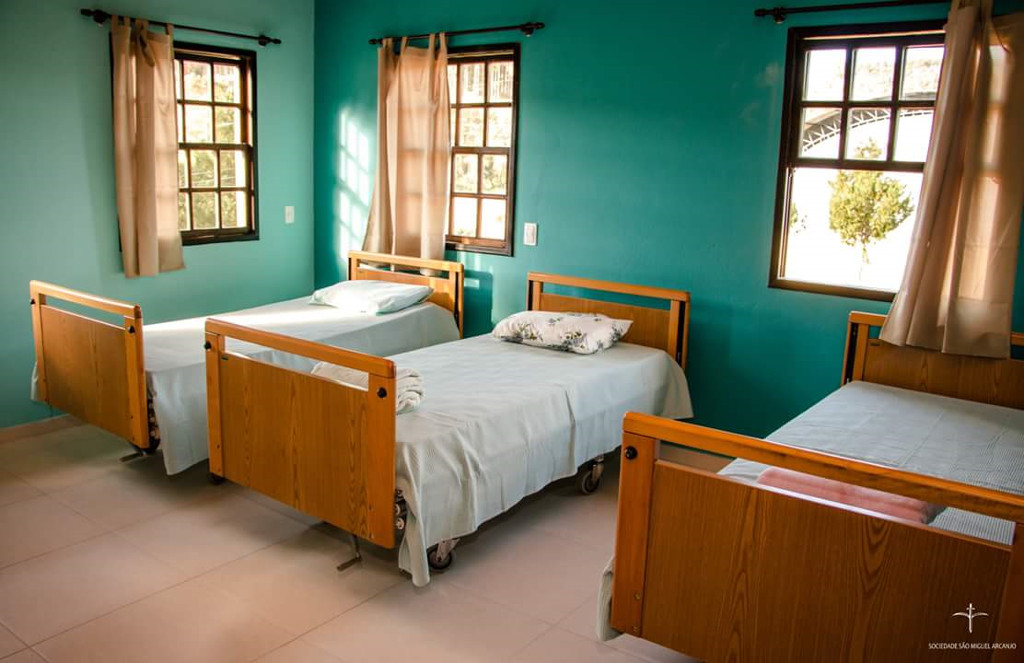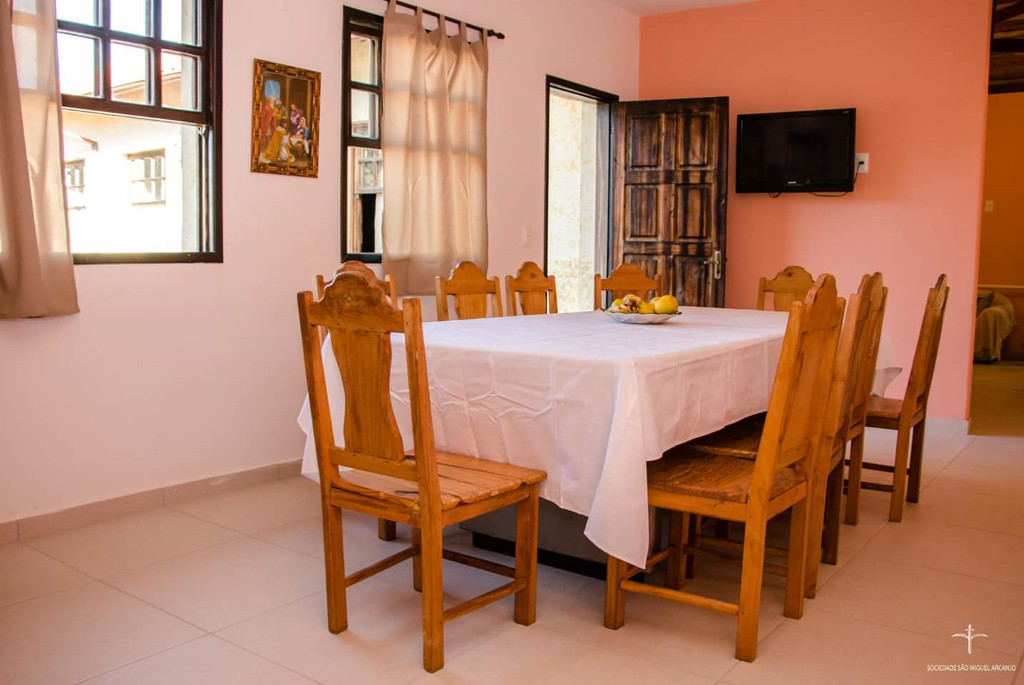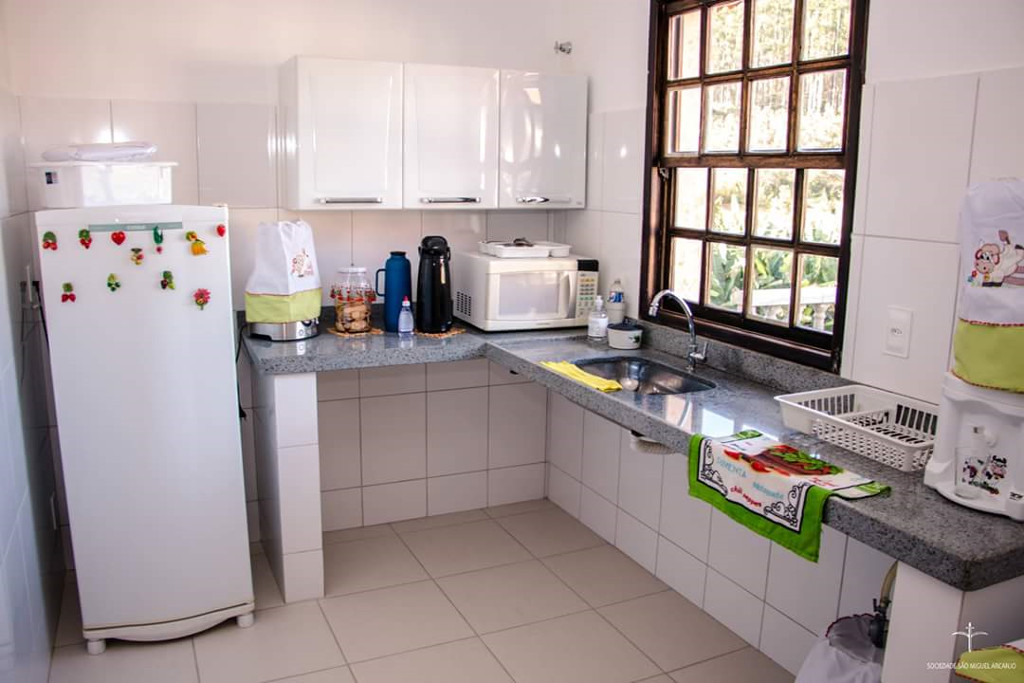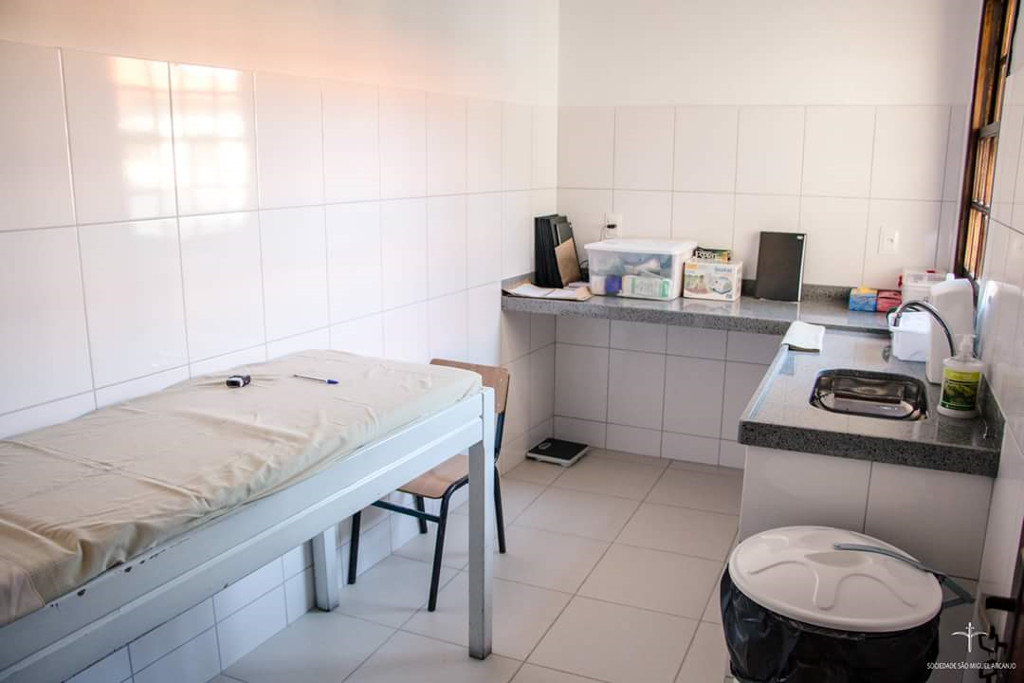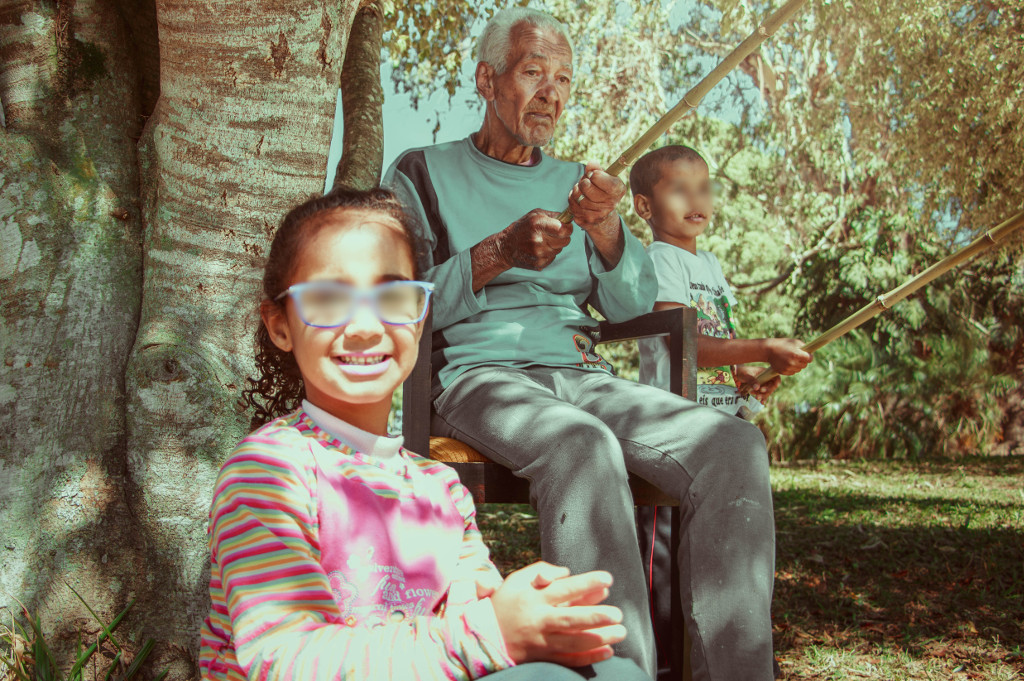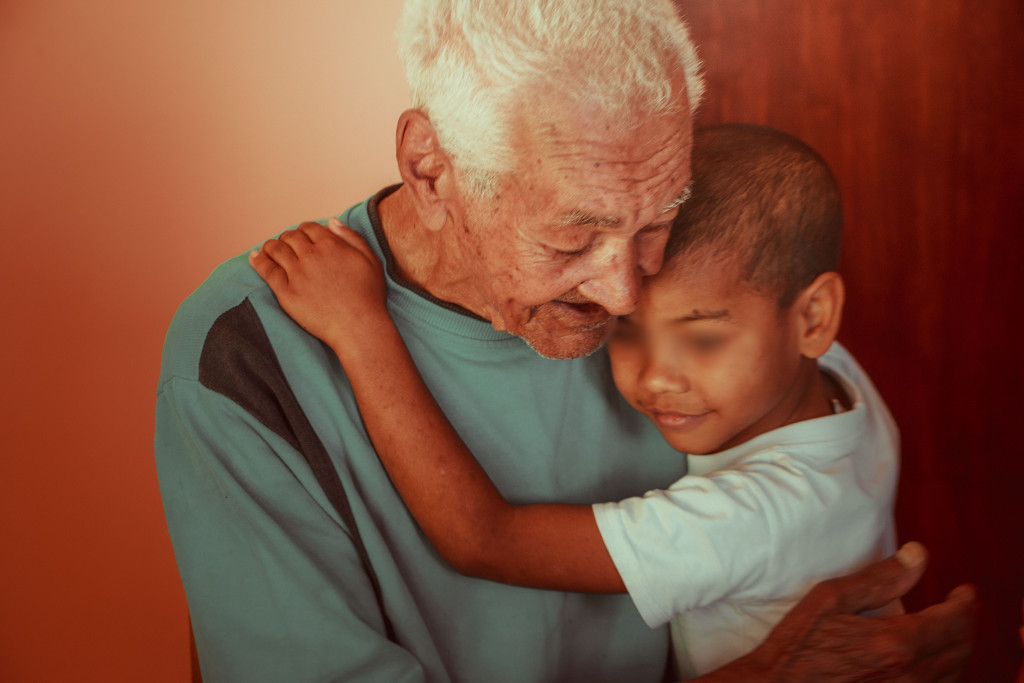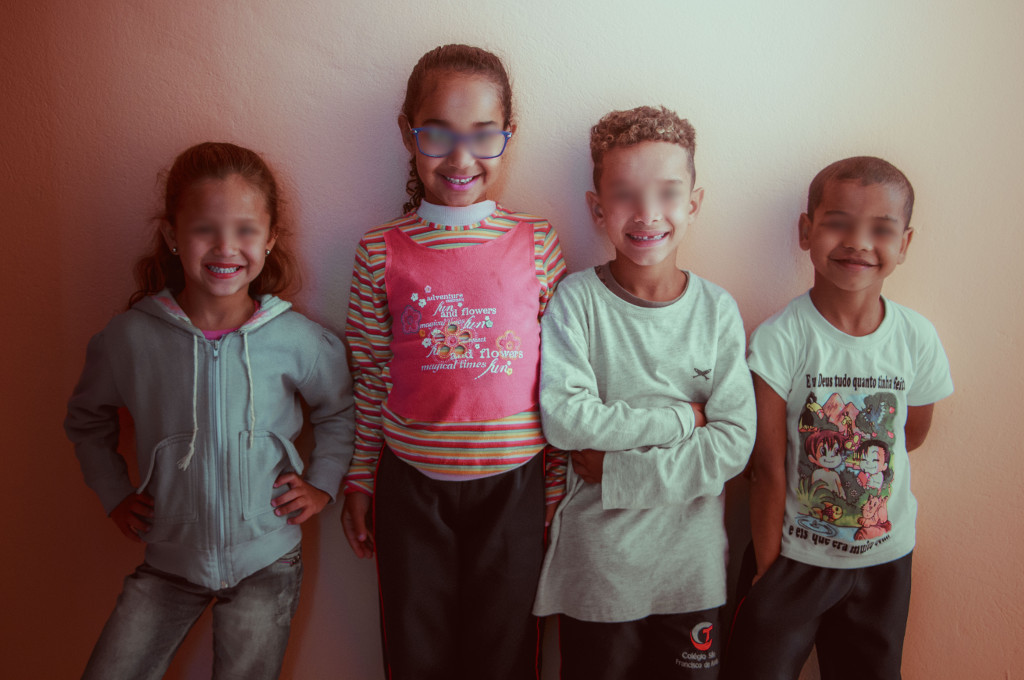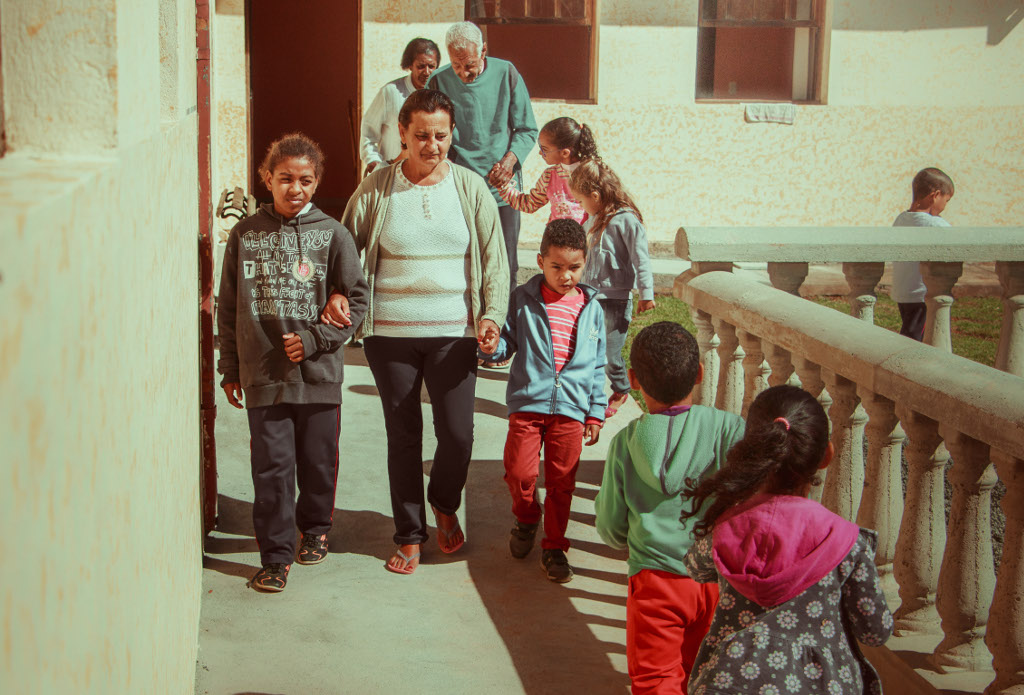
The Elderly House
The revolutionary “Elderly House” project is structured on two actions: welcoming abandoned elderly people and promoting their interaction with the children – guests of the mission. The vigor and joy of our children meet with the affection, care, and wisdom of the elderly. Two complementary worlds that redeem each other through love and dedication. This also allows us to train children, from an early age, to practice the noblest of virtues: charity. The 230 m2 structure has 13 beds, bathrooms for the disabled, two rooms, a kitchen, and a small infirmary.
Continue reading the paragraphs below which are part of the interview with Marco.
How the Cohabitation Project Between the Elderly and Children Works
The Elderly House is at the heart of the entire mission, which encompasses approximately 14,000 square meters, ranging from the children’s homes to the refectory. We provide about 2,000 meals a day, a kindergarten with 150 children, vocational schools, a philharmonic orchestra, and a gymnastics gym. Therefore, all these activities allow children to move from one part of the mission to another, facilitating their interaction with the elderly in their home.
The elderly experience shared living with the children passing by. There’s a beautiful aspect, especially one that I initially thought would be important for the children. When the same child doesn’t come to greet the elderly person for two or three days, the elderly person looks at them and says, “You didn’t come yesterday.” And you know, for someone who has been abandoned, for someone who after so many years has seen their mother again and the mother didn’t want to welcome them, greet them, or hug them – these are stories that are very present in the lives and suffering of our children – and someone saying to you, “Why didn’t you come yesterday?” redeems your self-esteem and the awareness that you are important to someone. And this sense of importance, this look in which you recognize that you are important to someone, manages to develop a sense of belonging in our children. And this is fundamental to healing the wounds of abandonment.
How the Project Was Born
First of all, our decisions are always based on needs. Every time we see this immense suffering in front of our eyes, my question is always the same: how can I help? And for many years we have seen the elderly die on the streets because they are old, they are poor, they have no way to pay rent, they live on the streets, they get sick and die on the streets. And faced with this great need that Brazil has, in 2015/2016 I thought that if we actually brought the elderly to the mission, we would be able to give back to the elderly the love for life that our children have and that is contagious, and on the other hand we could give our children a grandfather that they probably never had. And uniting these two universes would be a redemption for both of them.
Among other things, the magistrate, the first day we clashed, said to me “but where did you see that this works?” and I told him “In Norway, where there is a project like this”. And he said to me “but do you believe that something that works in Norway can work in Brazil, in the third world?”. And I told him “not only do I believe it, but I’m sure of it! Because it is a necessity of Love and has no geographical location.” The judiciary fought against us for two years, a period in which an interesting thing happened because they prohibited me from starting the building for the elderly, just as in many other circumstances they prohibited me from doing other things that we then had anyway done by always finding a glimmer of light, a light, a solution.
We began the construction of the elderly house and the judiciary prohibited us from continuing because it was against Brazilian law where in a children’s institution you cannot welcome the elderly and vice versa. At this point I told the judge that inside our house he could not prohibit us from building, at most he could prohibit us from starting to welcome the Elderly. So I said “then let’s do this, we will sue you, judge, and we will continue to build. When the construction is ready, if we have won the case we will welcome the elderly, otherwise I will use the building for other things”. And the judge said “the risk is yours and if you want you can continue”. The construction was almost ready when unfortunately we lost the first two appeals and there was only one day left, and on the last valid day of this appeal, at night, a lady that no one knew and no one ever knew who she was, went to the house of one of our employees and gave her some documents saying to “give them to Marco because he needs them“. The next day they gave me these documents which were handwritten papers on which there were very old decrees that allowed children’s institutions to welcome the elderly. And with this we managed to make the last appeal, in the last hours, we won it and we started to welcome the Elderly.

